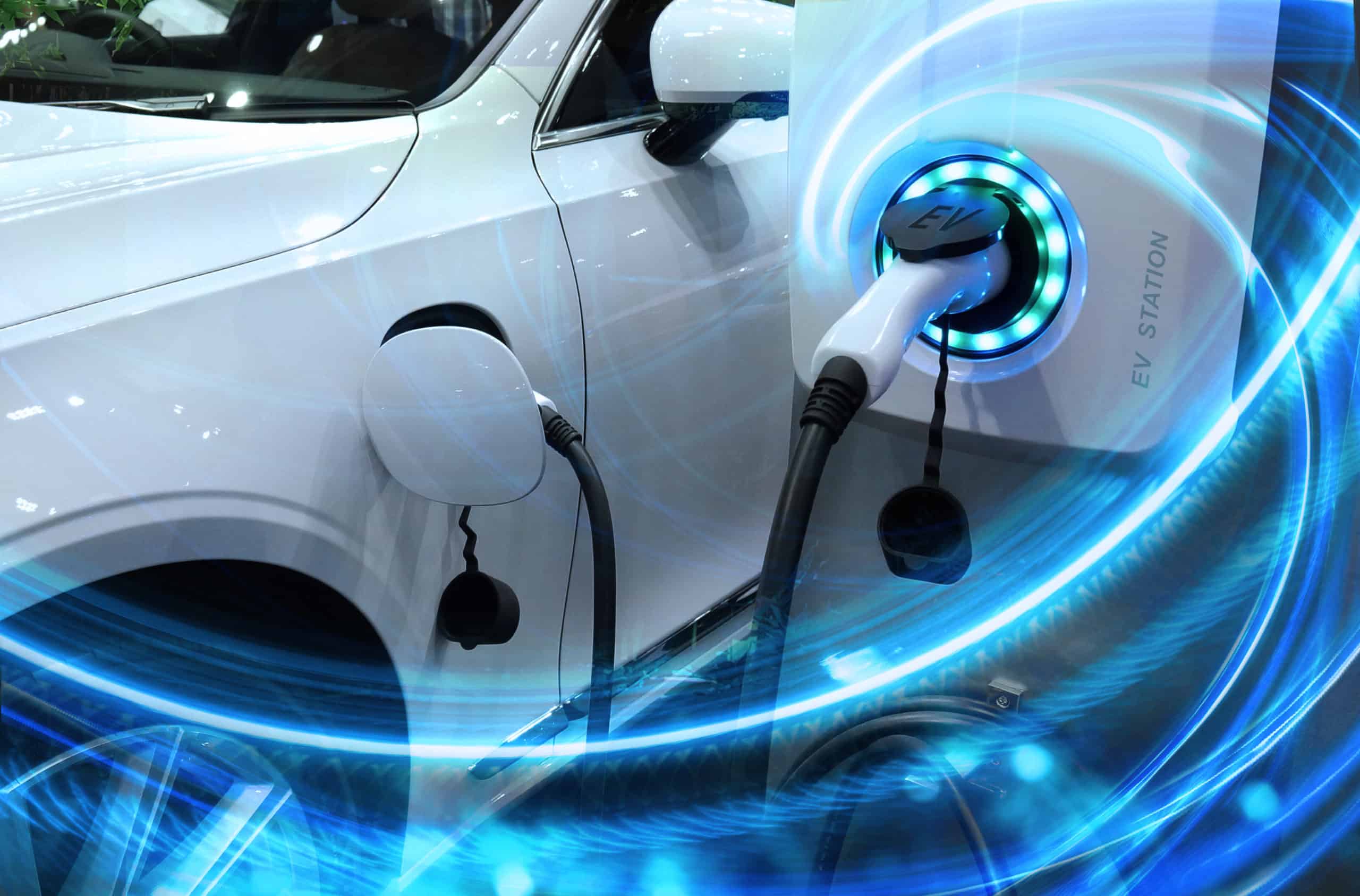Electrification is one of the appropriate ways to establish a clean and energy-efficient transportation system that can benefit our ecosystem.
The International Energy Agency (IEA) states that Electric Vehicles (EVs) have contributed to preventing 29.4 million tonnes of CO2 emissions worldwide based on each country’s mean grid carbon emission element in 2015. Over 90% of the human population breathes polluted air every day, and transportation is a key contributor and source of air pollution in urban areas. Cities consume two-thirds of the world’s energy and cause 70% of global CO2 emissions. Most cities are located on coastlines, and they are under threat due to climate change and rising sea water levels. Fossil fuels’ unstable price and their direct impact on the environment led scientists and investors to shift toward EVs. Cities are encouraged to start investing in and using EVs and improve air quality with mass adoption in the transportation system.
Implications
EVs are more efficient and have fewer CO2 emitters than internal combustion engine vehicles (ICEVs) when measured by the energy consumption per kilometer traveled. Still, compared to full-charge EVs and full-tank ICEVs, EVs travel a shorter distance than ICEVs.
EVs reduce noise, save fuel and maintenance costs, and positively impact the environment. However, despite these advantages, there is concern about the power source for charging batteries; if the source is not renewable or clean energy, then it does not make any difference to adopt EVs. Next, the EVs’ market is slow; EVs’ prices are high, less battery charging stations and infrastructure, a limited battery range, and less expert human capital. Such lacking variables make it inconvenient for people to buy expensive EVs with limitations. Still, governments are encouraging people to shift toward EVs by reducing taxes and tariffs on them. This is a favorable policy for mitigating environmental and climate risks.
The most critical issue is large-scale EV deployment and its direct relation with electricity sector planning. It will be evident that vehicle charging can cause sudden high demand for energy, mainly clean energy sources. This demand requires precise and careful planning in the electricity sector and should not endanger power grid stability and economic viability. In other words, large-scale electrification of passenger transport in a densely populated urban environment can significantly challenge the electricity sector. As such, there is a need to examine the impacts of large-scale EV deployment on the existing electricity sector infrastructure, considering future roadmaps in renewable deployments.
Current studies have covered optimization strategies, innovative charging infrastructure development, behavior change, and flexibility in the electricity sector. Individual behavior and education about EVs’ price, advantages, and long time for recharging can assist the public in understanding better the EVs’ systems and give the government enough time to develop further infrastructure for full-scale public service.
EVs are associated with green technology with a clear objective to reduce greenhouse emissions. But, recent studies indicated that EVs contribute to increasing greenhouse gas emissions by their excessive need for power sources, especially in countries with less renewable energy infrastructure and sources. Besides, when it comes to EVs’ batteries, their chemical and electronic components, in the long run, become waste, and there is a need for further research and development to recycle or limit electric waste in the environment.
Tesla
Tesla, a U.S.-based company, is a pioneer in manufacturing EVs globally. Most of the manufacturing is carried out at the Fremont factory in California, which has a capacity of 500,000 vehicles per year. Tesla has built the largest network of its charging infrastructure globally with over 30,000 supercharger stations. Superchargers charge your Tesla very quickly at a maximum rate of 250 kilowatt-hours (kWh). The charging speed depends on how depleted your battery is, which model Tesla you are driving, the Supercharger location’s specific energy output, and how many other people are charging simultaneously. In your car, you can easily see nearby Superchargers, including total and available stalls, the charging cost, and icons showing what amenities are nearby, like food, coffee, and shops. Tesla also plans to allow drivers of other electric cars to charge their batteries at its Supercharger stations. According to Tesla 2021 report, the global fleet of Tesla vehicles, energy storage, and solar panels enabled its customers to avoid emitting 8.4 million metric tons of CO2. As of 2021, Tesla has installed almost 4.0 Gigawatts of solar systems and cumulatively generated over 25.0 Terawatt-hours (TWh) of emission-free electricity. Tesla plans to shift energy consumption toward renewables as quickly as possible throughout its operations, factories, sales, service, or delivery locations or through its Supercharger network.
Success in applying EVs on a large scale requires government’s, private sector’s, and public’s cooperation.
Photo: buffaloboy/Shutterstock
You might also like:
Support us!
All your donations will be used to pay the magazine’s journalists and to support the ongoing costs of maintaining the site.
Share this post
Interested in co-operating with us?
We are open to co-operation from writers and businesses alike. You can reach us on our email at [email protected]/[email protected] and we will get back to you as quick as we can.










